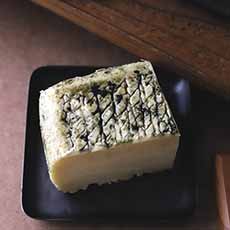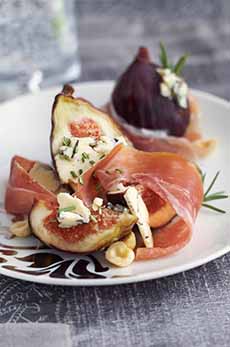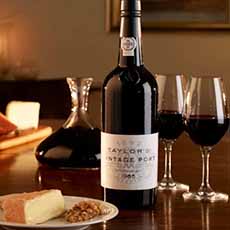Singing The Blues Happily, With Deep Ellum Blue Cheese
|
|
The Mozzarella Company’s blue cheese, Deep Ellum Blue, was named for a neighborhood of arts and entertainment venues—plus bars, restaurants, and nightclubs—about a mile from downtown Dallas. Its history dates to the late 19th century, when it was settled after the Civil War by former slaves as a freedman’s town. Though the area was originally called Deep Elm in reference to Elm Street, its main thoroughfare, it was pronounced “Ellum” by residents, and the name eventually stuck. In the 1920s, Deep Ellum started to become a destination for jazz and the blues. Artists like Huddie “Leadbelly” Ledbetter, Bessie Smith, Texas Bill Day, Blind Lemon Jefferson, Robert Johnson and many more prominent performers entertained there. Here’s more about the neighborhood. In 1933, a song titled “Deep Elm Blues” was recorded by the Lone Star Cowboys and, later, the Shelton Brothers recorded it as “Deep Elum Blues” (their version). Years later, it would be covered by Jerry Lee Lewis (our personal favorite) and The Grateful Dead. And so, the Mozzarella Company, located on Elm Street in Dallas, created Deep Ellum Blue cheese. Unlike most blue cheeses, Deep Ellum Blue has no blue veins, only a diamond-scored, blue-mold-mottled exterior (photo #1). Unlike many blue cheeses, Deep Ellum Blue is subtly flavored, not too strong, and not too salty. Its flavor is robust and earthy. Its texture is soft, creamy, and spreadable. It is delicious: Grab some cheese, some figs, some walnuts, and a bottle of Port or your favorite dessert wine, and luxuriate! To make Deep Ellum Blue, pasteurized cow’s milk is inoculated with cultures* and then coagulated with rennet. The resulting curds are broken into large pieces using perforated scoops and are stirred very gently so that they remain moist and soft. The curds are poured into large square molds placed on mats and left to drain until mature. Then, the cheese is drained and turned and dried for about a month. Then it is washed with blue Penicillin roqueforti mold spores. After aging for at least two additional months, the cheese is finally bathed with extra-virgin olive oil. It’s ready for you! Look for it at fine cheese stores, or at MozzCo.com. |
|
|
________________ *Cheese cultures are a group of specific bacteria strains that are combined in order to make a particular type of cheese. CHECK OUT WHAT’S HAPPENING ON OUR HOME PAGE, THENIBBLE.COM.
|
||





